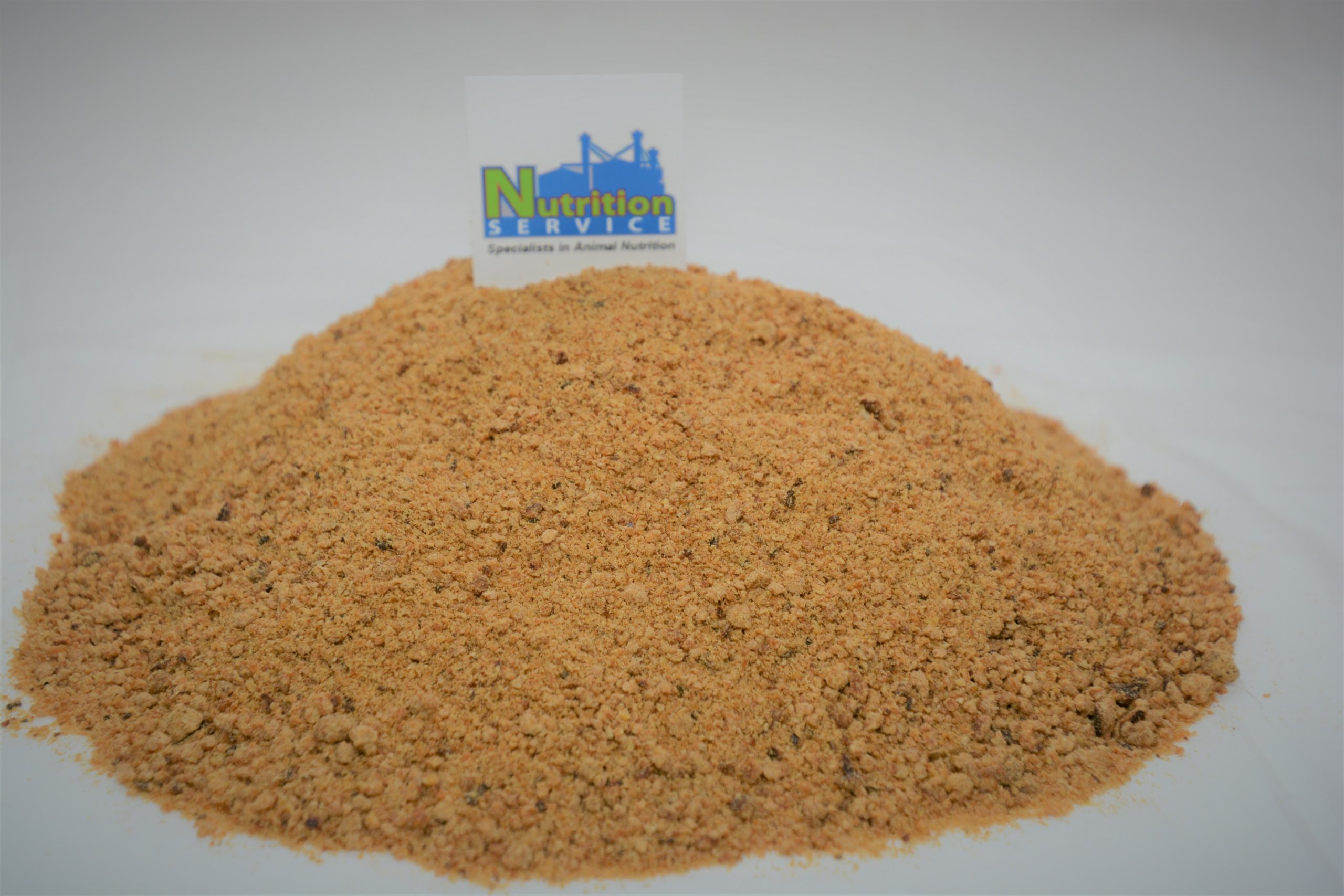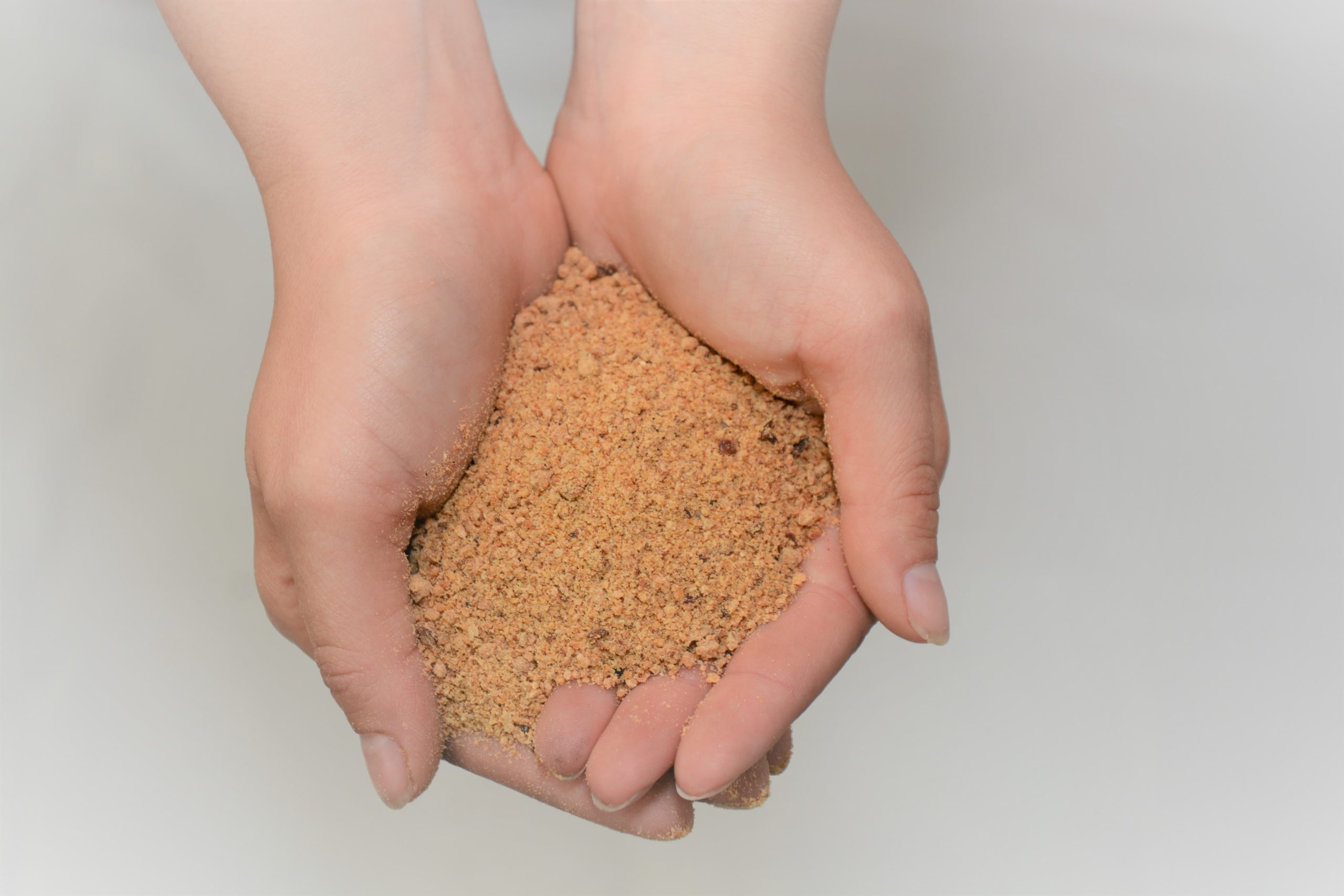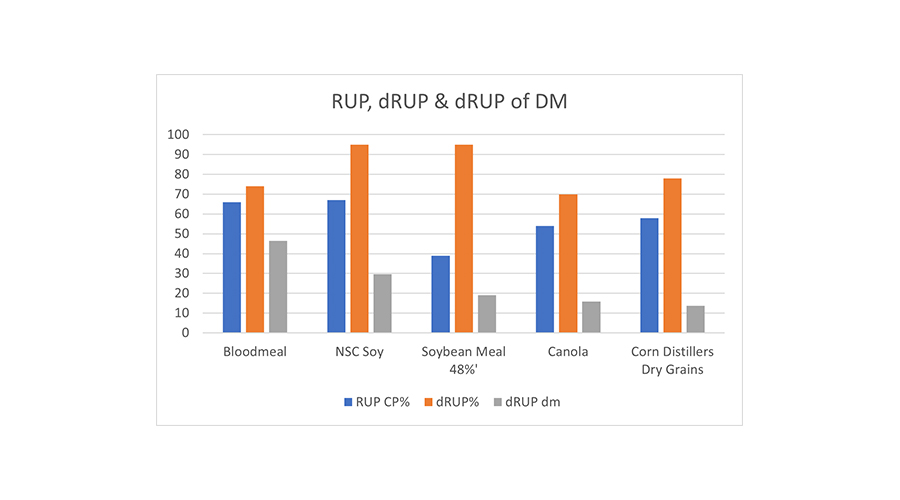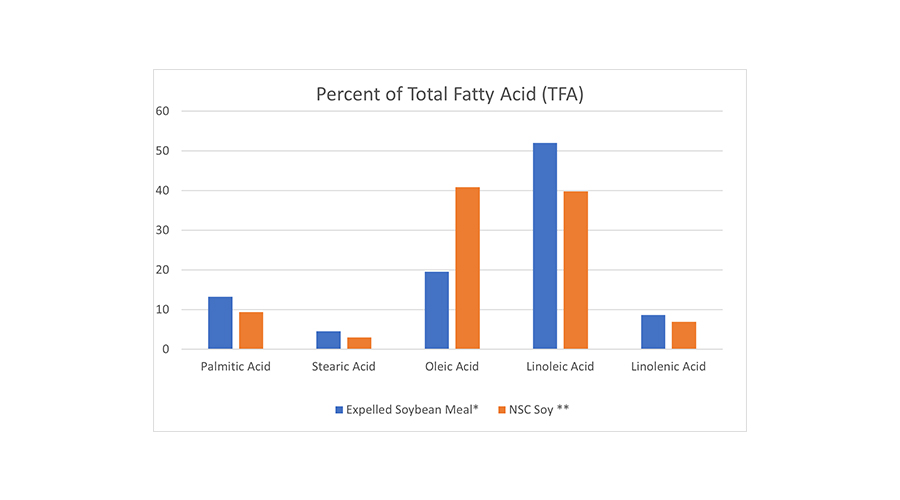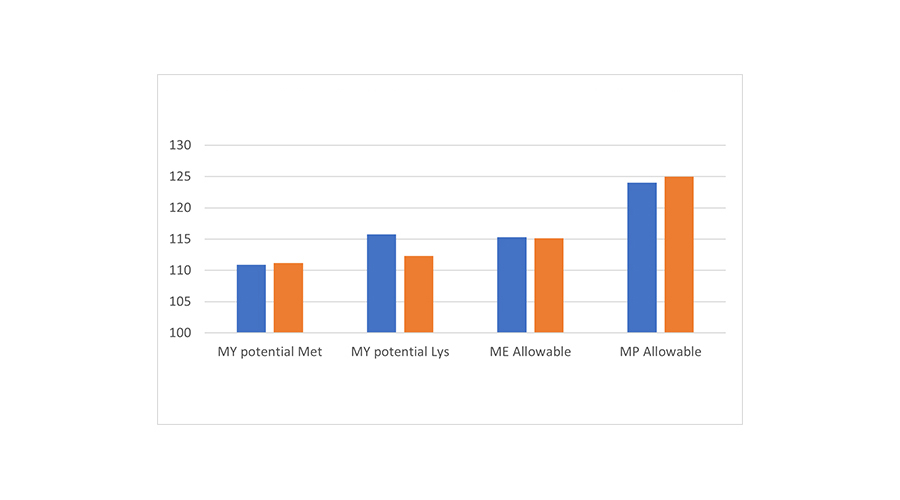NSC Soy is a naturally processed, heat treated Soybean meal specifically designed to accommodate the demand of today’s high producing dairy cow. Locally sourced high quality soybeans, are roasted and steeped, at controlled temperatures over a specific time to create the finest bypass protein product available. The cooking process avails itself to not only protect the protein from rumen digestion, but also to improve the digestibility of the meal in the small intestine. This makes critical Amino acids such as Lysine and Methionine, which are found in high concentrations in soy, intact and available to the cow. Our exclusive treatment procedure also denatures poly unsaturated fats to more rumen inert fats, thus reducing the incidence of milk fat depression often associated with feeding vegetable oils. The soyhulls and gums associated with the raw bean are returned to the final meal, increasing soluble fiber and Net Energy of Lactation.
NSC soy is produced in the heart of dairy country, from Wisconsin Farms, for Wisconsin dairies. As transportation costs climb, staying local for a high-quality protein just makes sense.





